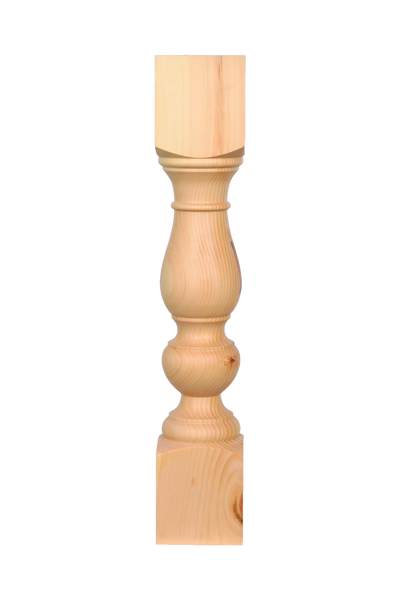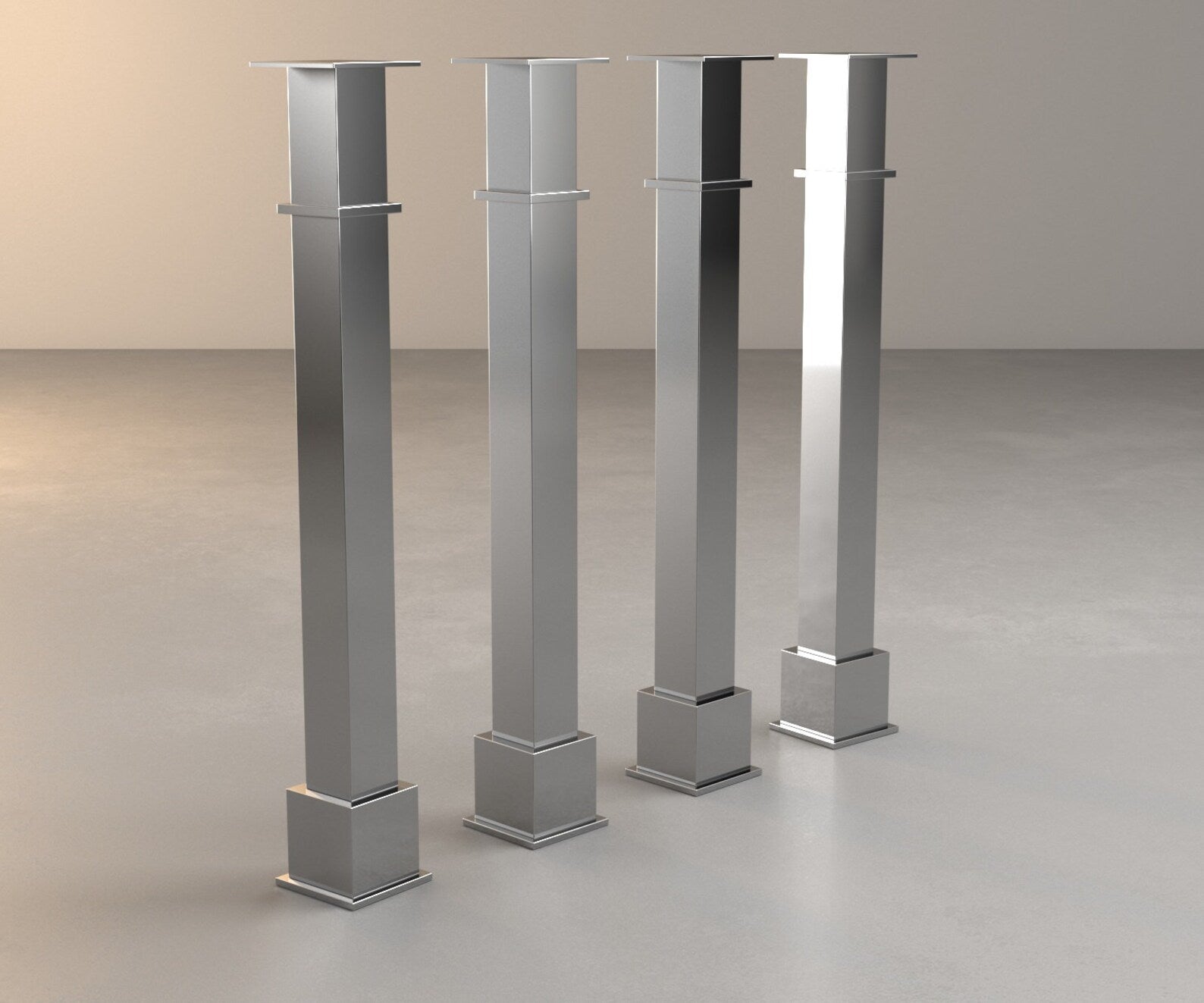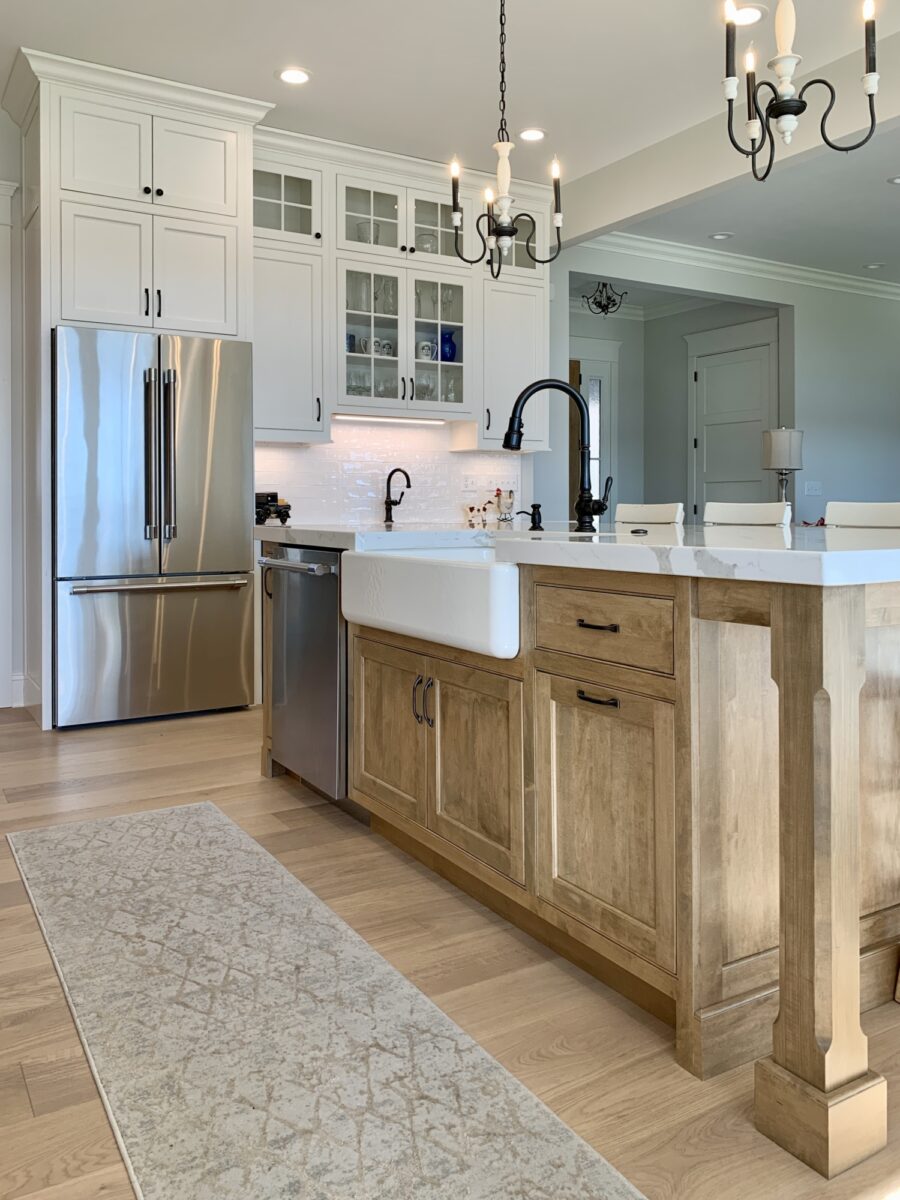Kitchen Island Legs: Add Capability and Style to Your Area
Wiki Article
Necessary Tips for Choosing the Perfect Table for Your Cooking Area
Picking the ideal dining table for your kitchen is greater than just an issue of preference; it necessitates a complete understanding of your area and needs. Begin by measuring your offered area to guarantee sufficient clearance for motion. The form of the table plays an essential role; while rectangle-shaped tables suit bigger locations, round ones foster affection, and extendable choices use flexibility. Material choice is just as crucial, with hardwoods supplying toughness and glass lending a modern-day touch. Ultimately, the table ought to balance with your kitchen area's appearances and fit your family members easily. What various other variables might affect this vital choice?Measure Your Area
Picking the ideal eating table starts with a precise assessment of your offered space. This foundational step makes certain that the table not just fits easily within the space but additionally complements the overall format and functionality of your dining location. Begin by determining the dimensions of the space, considering doorways, windows, and any type of existing furnishings. This will certainly aid you identify the maximum permitted dimension for your eating table.It is important to leave sufficient area for chairs to be pulled out and for people to relocate around the table without obstruction. A basic rule of thumb is to allow at least 36 inches of clearance from the edge of the table to the nearby wall surface or item of furnishings.
Additionally, think concerning the number of people you commonly delight and whether you require added room for visitors. Selecting an extendable table can give versatility, allowing you to fit differing varieties of diners. By precisely gauging your space, you prepared for choosing an eating table that improves both the looks and functionality of your eating area.
Choose the Right Forming

On the other hand, round tables are superb for smaller kitchen areas or intimate events, as they promote discussion by permitting everyone to deal with each various other. They also give a feeling of coziness and can fit well in tighter rooms due to their absence of sharp edges. Oblong tables offer the finest of both globes, integrating the length of rectangle-shaped tables with the intimacy of round ones, making them flexible for various settings.
Square tables are one more option, especially fit for square-shaped rooms. They develop a in proportion and modern-day appearance, promoting an equivalent eating experience for all seated.
Product Factors To Consider
When picking a dining table, product factors to consider are vital in identifying the table's resilience, maintenance requirements, and total visual. Wood is a timeless choice, using classic charm and robustness. Woods like oak, mahogany, and walnut are especially sturdy, though they can be pricey. kitchen island legs. Softwoods, such as pine, are extra budget friendly yet may be susceptible to scrapes and damages.Glass-topped tables offer a modern, sleek appearance and can make an area show up bigger as a result of their transparency. They need frequent cleansing to stop smudges and finger prints. Additionally, tempered glass is recommended for its extra strength and security.

Lastly, composite materials like MDF (Medium-Density Fiber board) or plywood are budget-friendly options. These products can mimic the look of solid wood yet may not provide the very same durability. They are normally much easier to tidy however can be at risk to water damages if not effectively sealed.
Inevitably, the selection of material ought to straighten with your kitchen area's style, your way of life needs, and your budget restrictions. (kitchen island legs)
Seats Capability and Convenience
Just how do you identify the best seats ability and comfort for your eating table? This critical action involves assessing both the physical room offered in your kitchen and your house's practical demands. Begin by gauging your kitchen area to guarantee the table fits pleasantly, allowing at the very least 36 inches of clearance around it for simple activity. Think about the number of individuals who commonly dine together, as this will certainly influence the table dimension. For a visit family members of 4, a rectangular table of 48 inches long or a round table with a 48-inch size is generally adequate.Comfort is just as essential. The elevation of the table should preferably be around 30 inches, giving a balanced ergonomic position for seated diners. Chairs need to sit elevation of 18 to 20 inches to guarantee a comfy eating posture. In addition, consider the chair style; upholstered seats and supportive back-rests can boost dining convenience substantially, specifically during extended dishes.
Style and Aesthetics
Selecting an eating table that fits your style and visual appeal includes balancing individual preference with the existing decor of your dining area. The eating table is commonly the centerpiece of the kitchen, and its design should match the total motif of the room. Whether your cooking area boasts a modern, minimalist look or a rustic, farmhouse charm, the table you select ought to harmonize with these aspects to develop a natural and inviting environment.Consider materials meticulously; timber uses a timeless allure and can vary from rich mahogany for a typical aim to lighter oak for a contemporary feeling. Steel and glass tables, on the other hand, can introduce a sleek, industrial side to your kitchen. Do not overlook the table's form-- rectangle-shaped tables are timeless and flexible, while round and oblong options can promote a much more intimate eating experience.
In addition, pay very close attention to information and finishes. A troubled coating may add character and heat, whereas a shiny surface area can add to a tidy, contemporary visual. Eventually, your table must not only healthy flawlessly into your cooking area's design but also reflect your personal design, raising the space both functionally and aesthetically.
Verdict
In verdict, picking the optimal eating table for a kitchen requires careful examination of area, form, product, seating capacity, and aesthetic harmony. Ultimately, an appropriate dining table fosters a explanation welcoming atmosphere and Visit This Link fits the family comfortably, thus enhancing the eating experience.
When selecting a dining table, material factors to consider are vital in identifying the table's toughness, upkeep needs, and general aesthetic. For a household of four, a rectangle-shaped table of 48 inches long or a round table with a 48-inch size is normally sufficient.
Don't neglect the table's form-- rectangle-shaped tables are functional and classic, while round and oval options can promote a much more intimate dining experience. kitchen island legs.
Report this wiki page